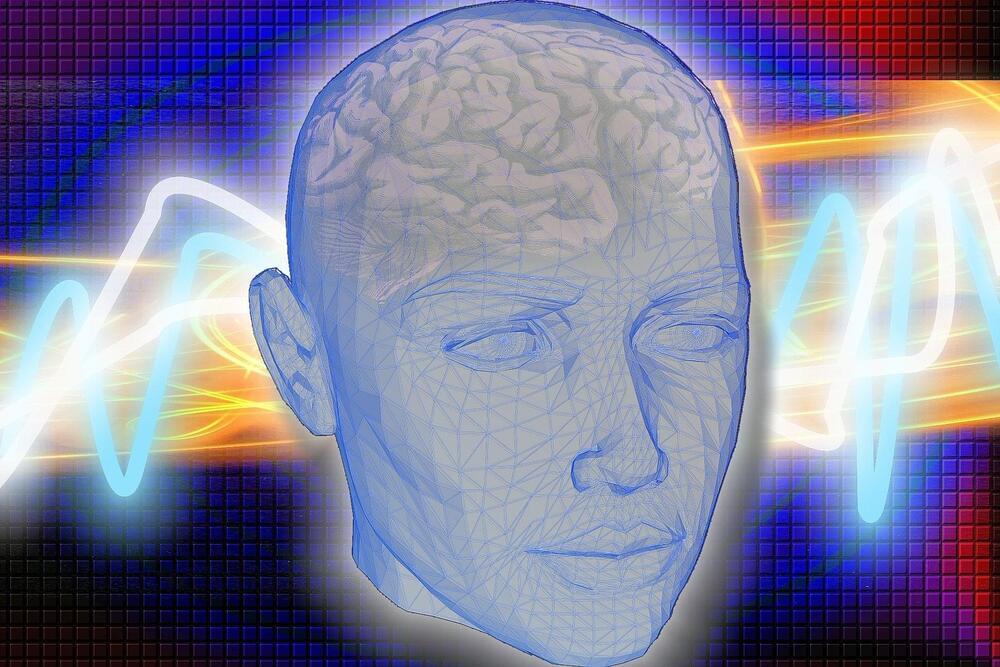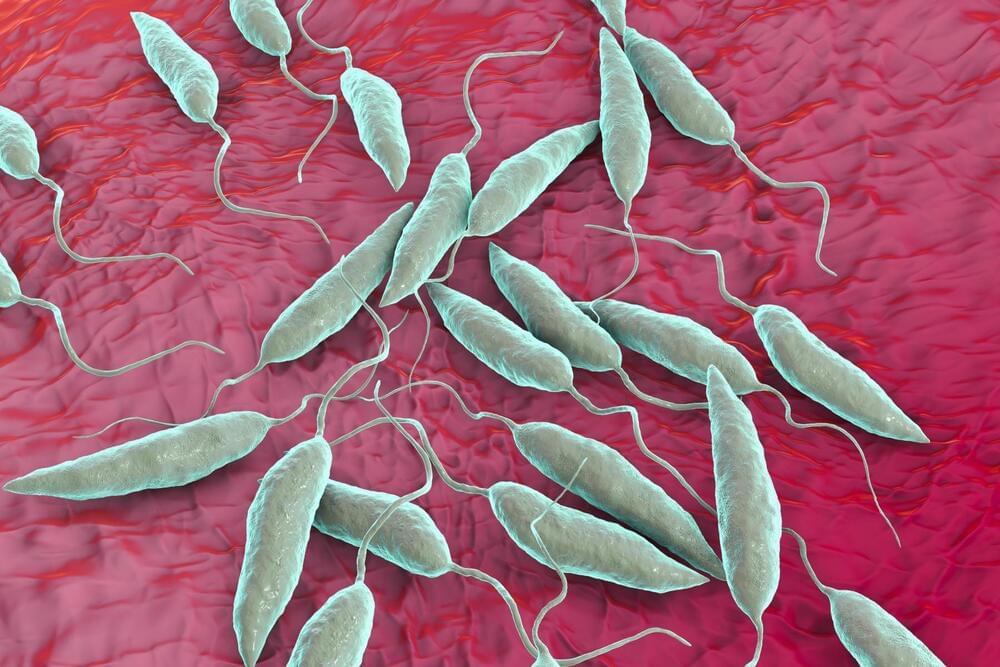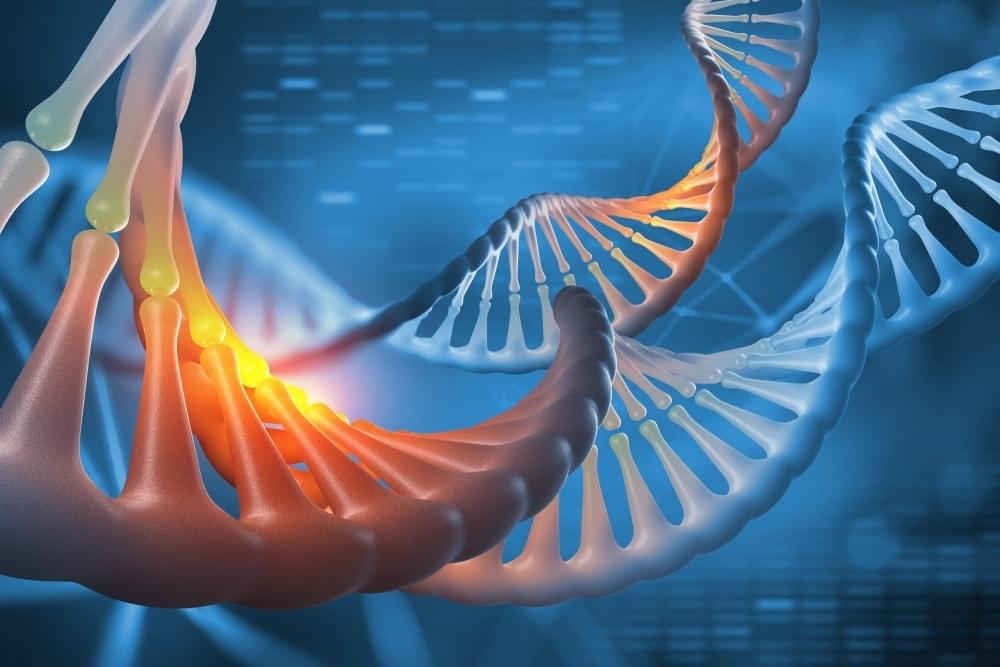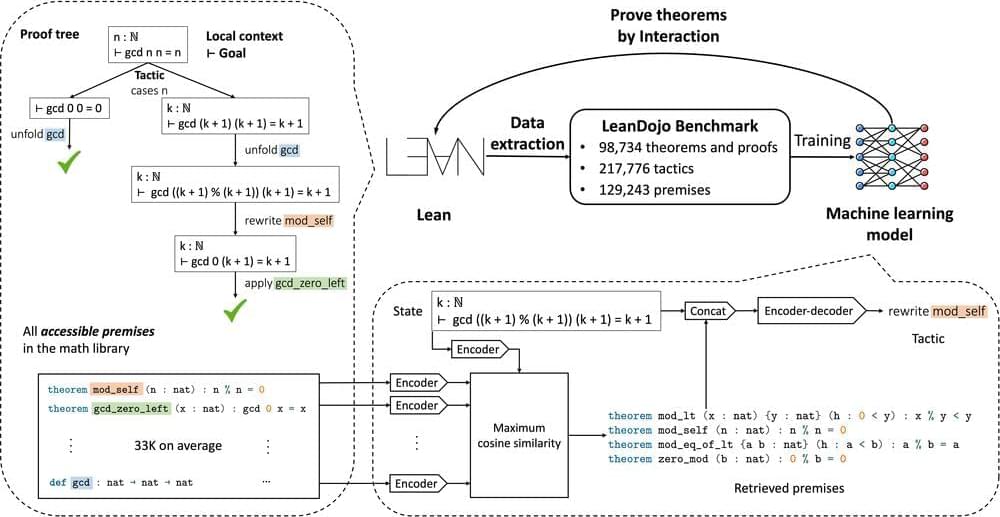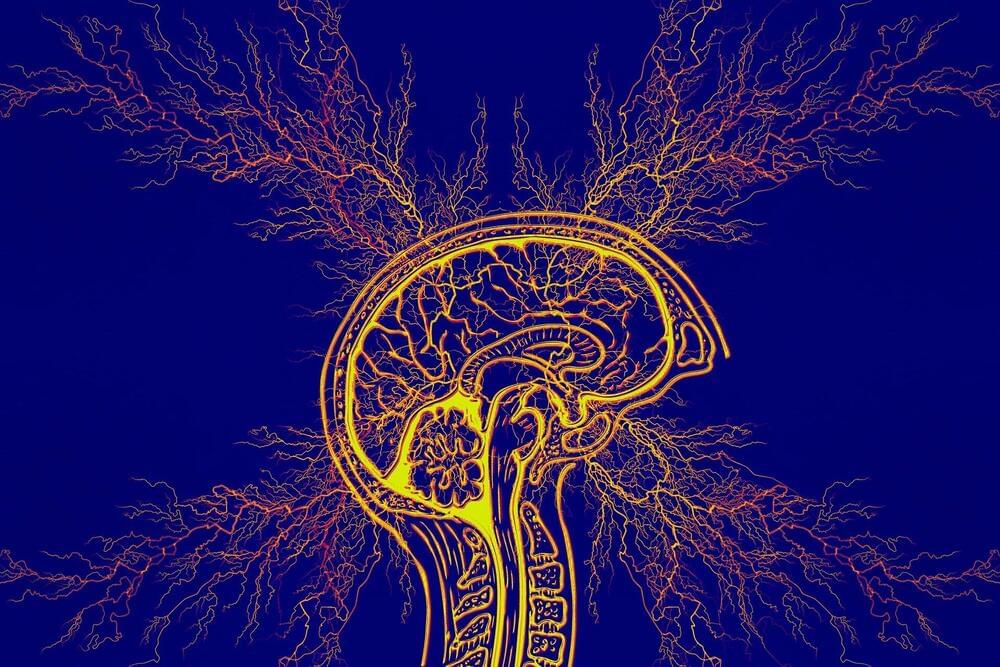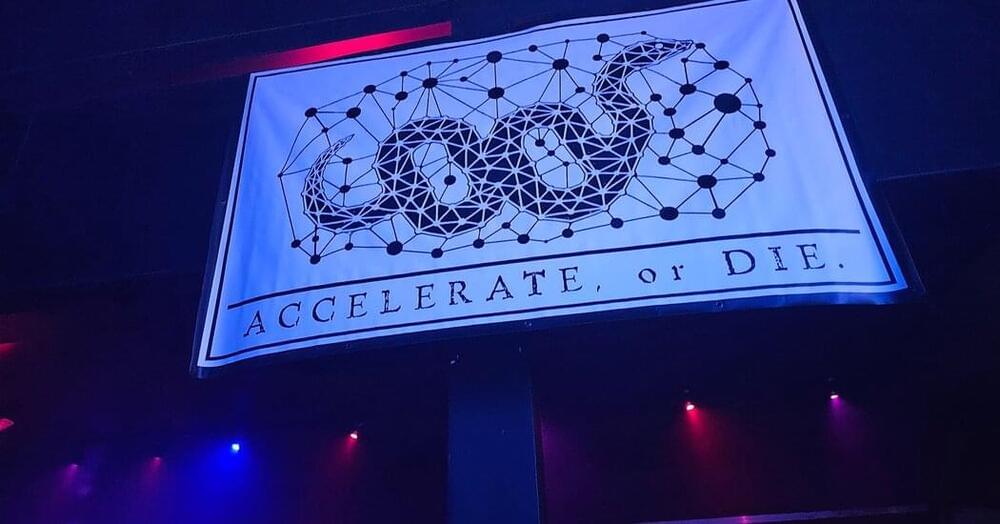Spotify made a name for itself in the audio-streaming business through its hyper-personalized user experience, thanks to artificial intelligence and a team of 9,800 staffers at the end of 2022.
But after three rounds of layoffs in one year: 590 positions in January, 200 in June, and another 1,500 this week, Spotify’s investments into AI to boost margins for its podcasting and audiobook divisions look like a complete overhaul in strategy that Wall Street seems confident can work.
“Spotify is leveraging AI across its platform, launching AI DJ, simulating a traditional radio experience, in 50 additional markets and rolling out AI Voice Translation for podcasts,” said Justin Patterson, equity research analyst at KeyBanc Capital Markets, in a research note. “Coupled with audiobooks rolling out to Premium Subscribers, we believe Spotify has several opportunities to drive engagement and eventually stronger monetization.”
Shares of parent company Spotify Technology SA are up more than 30% over the last six months and up more than 135% year to date.
